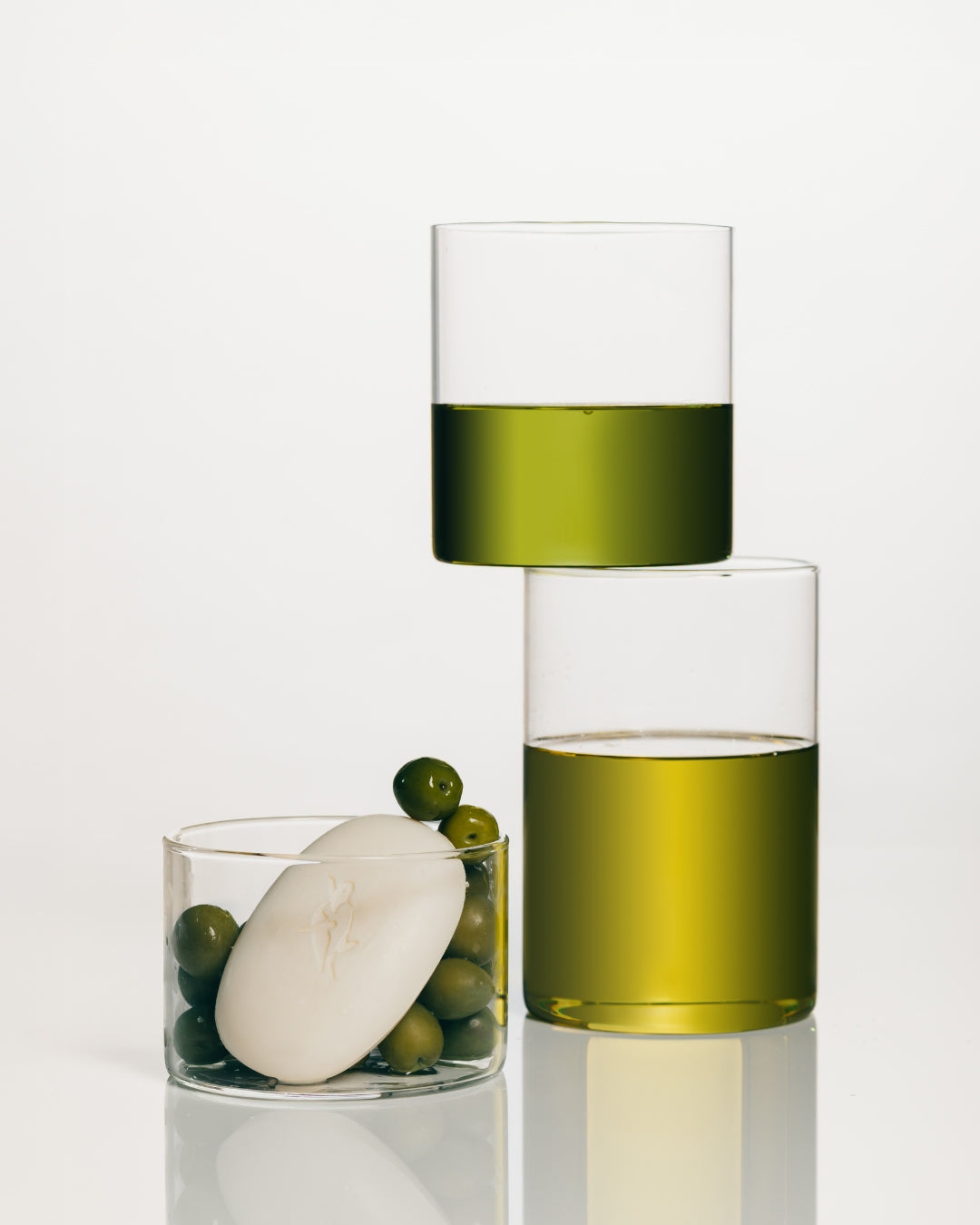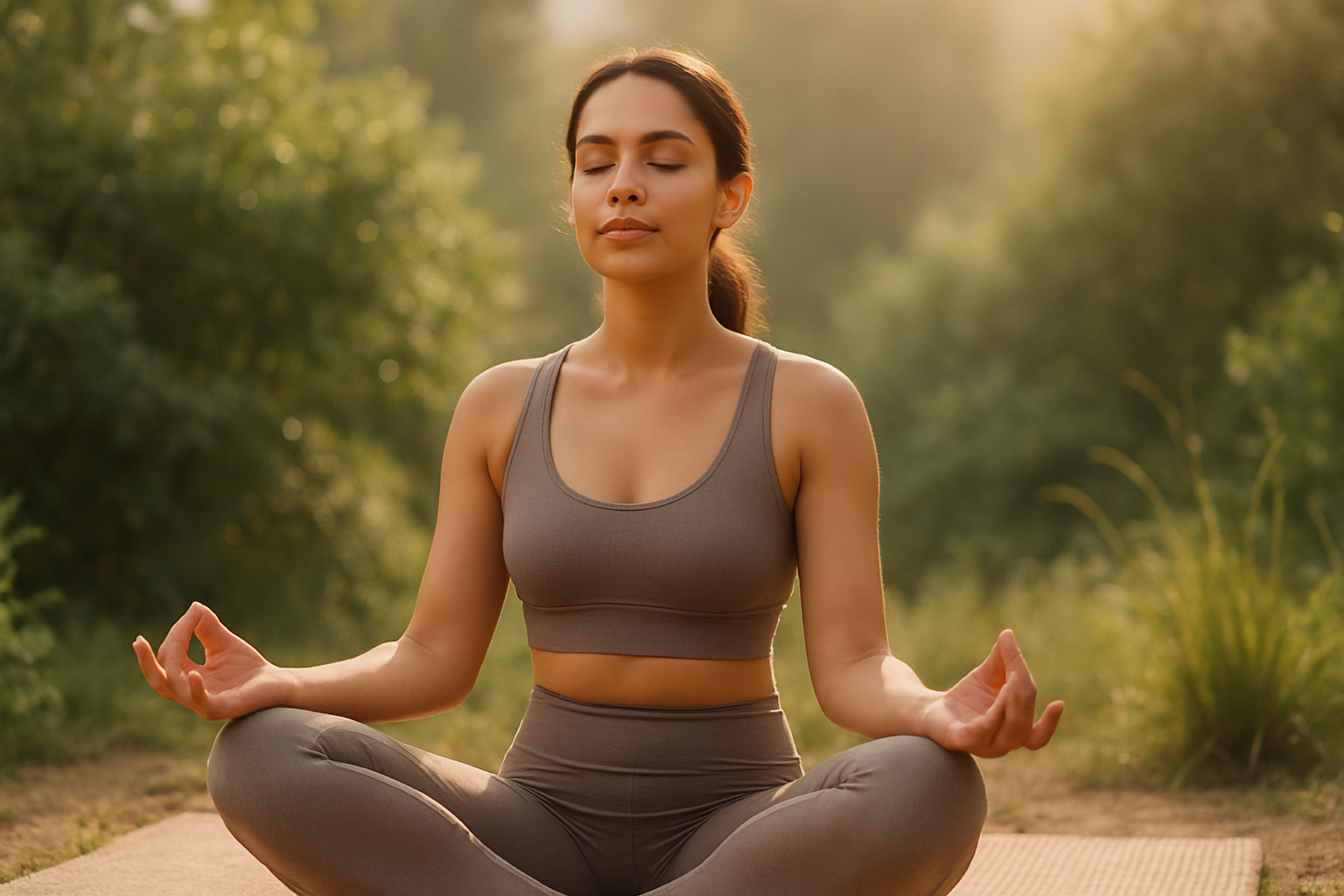Greco-Roman Bathing
Influenced by Stoic and Epicurean philosophers, Greek and Roman cultures deeply valued the connection between physical cleanliness, mental clarity, and social well-being. Self care through practices of hot and cold plunges, herbal steam rooms and sea salt exfoliation were a means of cultivating resilience, inner peace and pleasure. Roman bathhouses (thermae), were intertwined with ideals of health, socialisation and relaxation, acting as cultural and intellectual hubs. Boasting a myriad of aspects of modern wellness, cleanliness was seen as part of one’s duty to oneself and the state - preventing disease and maintaining public health.
Indigenous Healing
The connection between nature and the spirit is at the centre of Indigenous cultural belief. Many indigenous cultures around the globe have long embraced self-care as a physical connection to nature, spirituality and communal well being. Healing practices were often guided by an understanding of the land, the elements, and ancestral wisdom. Self-care rituals like sweat lodges, smudging, walking barefoot and herbal remedies emphasise harmony with the land and spiritual wellbeing.
Japanese Forest Bathing: Shinrin-Yoku
Developed in the 1980s, but rooted in Shinto and Buddhist traditions, forest bathing is the practice of immersing oneself in nature to enhance wellbeing. This philosophy embraces the belief that humans are deeply connected to the natural world, and spending time in forests can restore physical and mental balance. Shinrin-Yoku can look like mindful nature walks, breathing in essential oils released by trees, meditation in nature spaces or practicing grounding techniques in nature.




